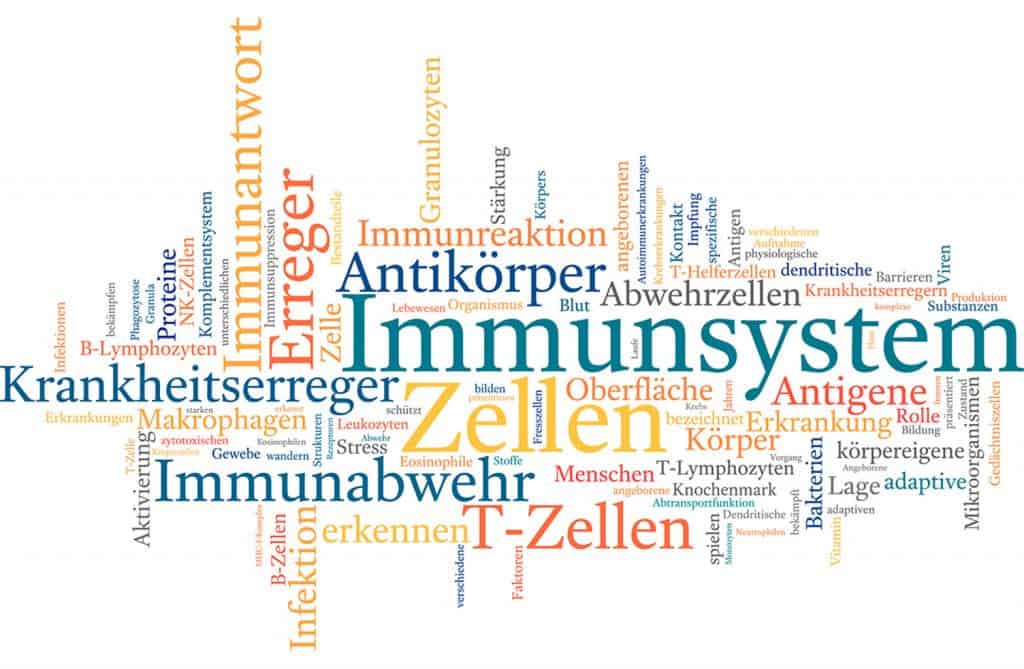Infant Formula without Cow’s Milk Proteins Cannot Prevent Type 1 Diabetes

Helsinki – A hydrolyzed infant formula, free of potentially antigenic cow’s milk proteins, was unable to prevent the development of type 1 diabetes in children at increased risk, according to results now published in the American medical journal (JAMA 2018; 319: 38–48).
Type 1 diabetes, which usually manifests in childhood or adolescence, presumably begins in infancy. A lack of tolerance to insulin or other islet cell antigens is assumed to be the cause. Future diabetics develop autoantibodies in their first years of life, which later initiate the destruction of islet cells. Infants with two or more autoantibodies in their blood develop type 1 diabetes within the following ten years in 70% of cases.
A series of epidemiological and immunological studies at the beginning of the century led to the hypothesis that cow’s milk proteins in infant formula could be a trigger for the lack of tolerance development. This prompted a team led by Mikael Knip from the Children’s Hospital of the University of Helsinki in 2002 to conduct a study involving 2,159 infants in 15 countries (German participation: Kinderkrankenhaus auf der Bult, Hanover).
The TRIGR (Trial to Reduce IDDM in the Genetically at Risk) aimed to investigate whether an infant formula largely free of (potentially antigenic) proteins could prevent the onset of the disease. Infants with an increased risk of disease due to an unfavorable HLA type and a positive family history (with an affected first-degree relative) were randomized into two groups.
In the first group, mothers were instructed to use an infant formula after weaning, in which cow’s milk proteins were so fragmented by hydrolysis that they were no longer recognized as antigens by the immune system. The second group used a conventional infant formula, taste-matched to the hydrolyzed infant formula.
On average, mothers began supplementing with infant formula at two months of age and used it for about ten weeks. The primary endpoint of the study was the development of type 1 diabetes. The children were followed up for a median of 11.5 years.
During this period, 8.4% of the children in the hydrolyzed infant formula group developed type 1 diabetes, while in the control group it was only 7.6% – fewer children, not more, as expected. However, the 0.8% difference was not statistically significant, with a 95% confidence interval of -1.6% to 3.2%. On average, children developed type 1 diabetes at six years of age, approximately four years after the appearance of the first antibodies.
The study therefore cannot prove that cow’s milk antigens play a decisive role in the development of type 1 diabetes. A failure of the study had already become apparent four years prior. At that time, Knip had reported that the hypoallergenic infant formula could not prevent the development of autoantibodies in the first years of life (JAMA 2014; 311: 2279–2287). © rme/aerzteblatt.
